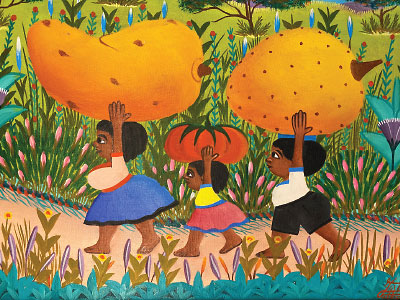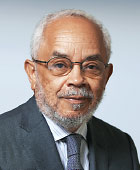Seeing the World Through Writers’ Eyes
Almost two years ago, I wrote a column on psychiatric rehabilitation and creative writing (Creative Writing and Psychiatric Rehabilitation). It highlighted a program run by Fellowship Place, a health care agency serving adults and located in the Greater New Haven area of Connecticut. Their mission, as I said then, was wellness, independence, and meaningful living. Among their programs were those that promoted creative expression through painting, writing, and music. I was attracted once again to Fellowship’s literary journal, The Beacon, as I eyed the summer 2022 edition, wondering what the program’s writers were doing presently.
The new issue reaffirms, in an invitation printed on the last page, that Fellowship’s Writers Group “is a safe space for writers from all genres and levels of experience to come together and share their work.” The reaffirmation was so simply stated and meaningful! I wondered whether it would garner more attention placed on the front page. In nine pages of text, 15 individuals produced a variety of writing forms: poetry, essays, and journalistic reports.
One identifiable theme of this edition was summertime. Tim S. wrote of events from his youth: the visit of an ice cream truck to his neighborhood and a trip with his parents to see the Yankees play baseball in New York City. Schnaider T., describing a perfect summer day, could “hear the birds chirping and singing all types of melodies,” while the squirrels ran after each other and jumped in the air. Julie N. talked of creating a new holiday for her part of the country. Celebrants of the event would wear some sort of Mardi Gras costume. On rethinking, she allowed people to show up dressed as a teardrop, a wallflower, a unicorn, or anything else. There were perceptible elements of grace, freedom, and movement in these writers’ visions.
I enjoy an author’s invitation to view an imaginary landscape while framing the story. On page 5 of this issue, Nicole K. and Desiree B. penned vignettes on the subject of “My Spirit Animal.” Nicole imagined being a lioness: eating a lot, hunting for food, swimming, fighting with siblings, exploring the environment. Desiree admired the beauty, grace, and delicacy of a monarch butterfly, sitting on flower petals and smelling their sweet fragrance. Connections between us and the fauna we encounter domestically and through films and our imagination continue to amaze me. We invest them with our hopes, love, dreams, and sometimes our deepest fears.

The painting above is titled “Three Children With Fruit” by Jacques Richard Chéry. He is a 20th-century Haitian artist who is known for his humorous scenes of life and use of bright colors.
There was also playfulness in the writing. On page 7, Nichole D. described the world waking up to the color yellow as the Beatles sang “Here Comes the Sun” and people recognized there was no ongoing war. Yolanda W. conceptualized a world seen in different shades of red. Attracted by its power, she framed the trees, grass, and flowers in dark red, fitted against a sky bathed in pink and purple, and a ground painted violet. I could not decide what my favorite color is, and I did not dare to imagine a uni-shaded universe. I have seen vast impressive fields of yellow sunflowers on trips to Europe and also been spellbound by the variegated canvases of southern European and Caribbean artists. The painting by Jacques Richard Chéry, a 20th-century Haitian artist, illustrates this combination of humor intermingled with bright colors. The result is a landscape of optimism and joy amid mundane country life.
Lynda S. composed a short autobiographical essay on her proudest moment, “the design and creation of 12 stained glass windows for a Jewish temple.” She said proudly, “I designed the themed window from the Rabbi’s desires for his temple.” And the pride encompassed her family. “My family came down … for one installation and dedication ceremony. I’ll never forget the words my dad said to me … That had been the first time he ever said that he was proud of me.” I have recently been reading about the differences between intrinsic and extrinsic or attributed dignity. Many of us hear repeatedly about our inherent, inviolable dignity. We still long for social dignity, the dignity attributed by groups and people who are important to us. Parents play an important role in this ritual of attribution.
I could not contain my curiosity about these writers and their personal worlds. Disentangling their writing processes from the themes they elaborated and the memories they evoked was complex and delicate. I liked their plainly spoken observations and the humanizing of traits found in life around them. Rereading their writing made me think of Anton Hart’s notions of radical openness and curiosity. The more genuinely curious I became, the more my connection to these writers grew. ■




